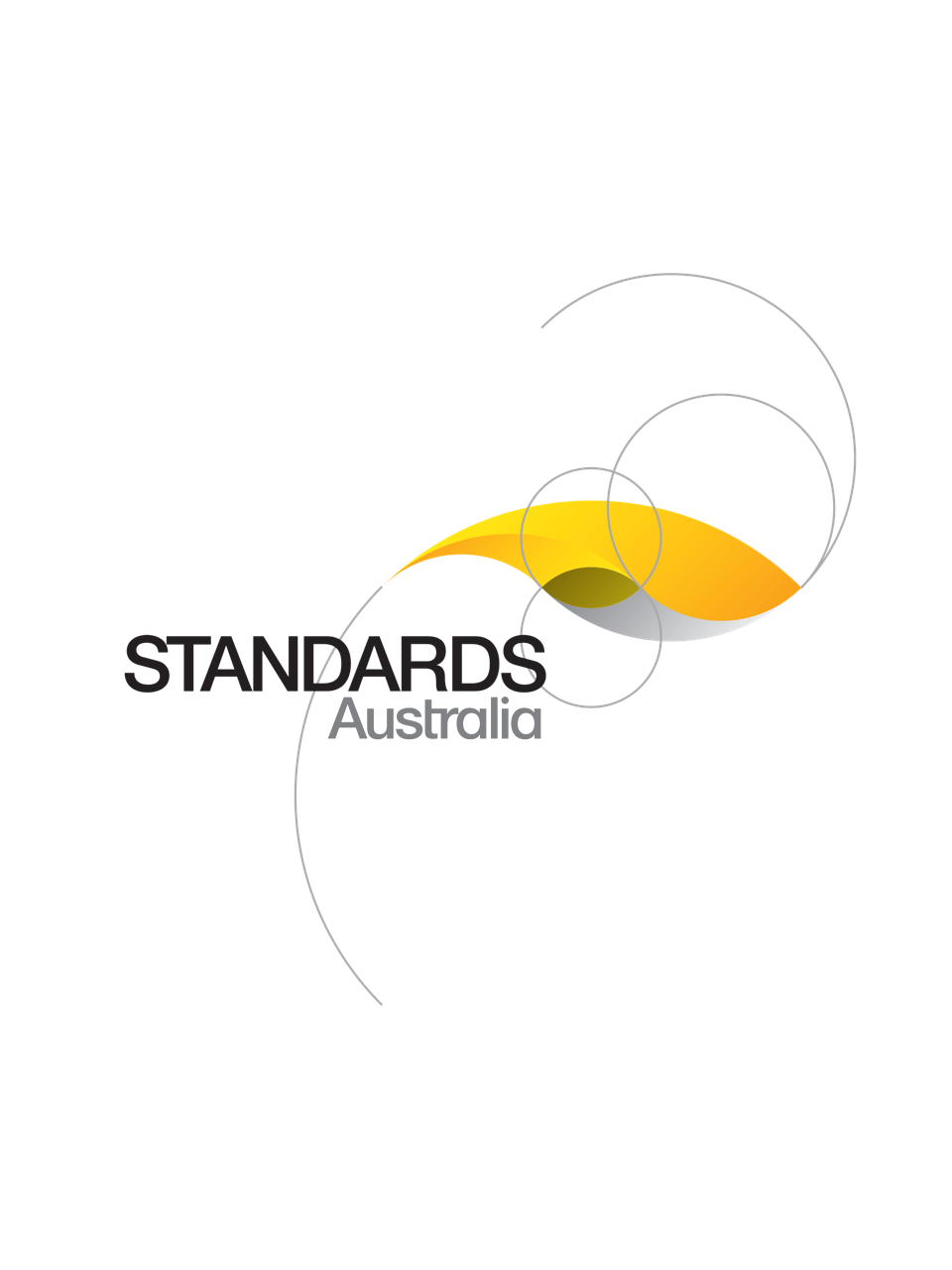Standard
Track updates
AS 4587:2020
[Current]Water mist fire protection systems — System design, installation, and commissioning
This Standard sets out minimum requirements and recommendations for the design, installation and commissioning of water mist fire protection systems and describes the characteristics of the various types of water mist systems and the types of fire for which they are a suitable control, extinguishing or suppression medium. KEYWORDS: water mist fire protection design.
Published: 18/12/2020
Pages: 35
Table of contents
Cited references
Content history
Table of contents
Header
About this publication
Preface
Introduction
1 Scope
2 Normative references
3 Terms and definitions
4 Uses and limitations
4.1 General
4.2 Protection of multiple risks or enclosures
4.3 Limitations
4.4 Local application
4.5 Volume protection
4.6 Foam additives
4.7 Environmental factors
5 Safety requirements
5.1 Hazard to personnel
5.2 Water quality
5.3 Oxygen depletion
5.4 Occupiable areas
5.4.1 Open nozzle systems
5.4.2 Sealed nozzle systems
5.5 Electrical hazards
5.6 Electrical earthing
5.7 Warning notices
6 Components and installation
6.1 General
6.2 Discharge nozzles
6.2.1 General
6.2.2 Corrosion protection
6.2.3 Nozzle clogging
6.2.4 Spare nozzles
6.3 Pipework and fittings
6.3.1 General
6.3.2 Piping
6.3.3 Flexible connections
6.3.4 Pipe or tube bending
6.3.5 Pipe threads
6.3.6 Fittings
6.3.7 Flanges
6.3.8 Welding and brazing
6.4 Installation of pipework
6.4.1 Preparation of pipe
6.4.2 Pipe supports
6.4.3 Distance between supports
6.5 Valves and devices
6.5.1 General
6.5.2 Isolating valves
6.5.3 Valve monitoring
6.5.4 Valve protection
6.5.5 Drain Valves
6.5.6 Strainers
6.5.7 Pressure regulating valves (PRVs)
6.5.8 Check valves
6.5.9 Back flow prevention
6.5.10 Pressure indication
6.5.10.1 General
6.5.10.2 Pressure gauges
6.6 Water supply
6.6.1 General
6.6.2 Pressurization systems
6.6.2.1 Cylinders and pressurized storage tanks
6.6.2.2 Pumpsets
6.6.3 Storage containers
6.6.3.1 Pressurized containers
6.6.3.2 Integral mounting brackets
6.6.3.3 Pressurized storage container arrangement
6.6.3.4 Pump suction tanks
6.6.4 Mist system water and additives
6.6.4.1 Water quality
6.6.4.2 Additives
6.6.5 Reserve supply
6.6.6 Atomizing gas for twin fluid systems
7 Protected enclosure requirements
7.1 Unclosable openings
7.2 Services
7.3 Pressure relief venting
8 Detection, actuation and control systems
8.1 General
8.2 Automatic detection
8.3 Operating devices — Open nozzle systems
8.3.1 Automatic operation
8.3.2 Manual operation
8.3.3 Manual mechanical release
8.4 Operating devices — Sealed nozzle systems
8.5 Control equipment
8.5.1 Electric control equipment
8.5.2 Local Control Station (LCS)
8.5.3 Pneumatic control equipment
8.6 Audible alarms and visual warning devices
9 System design
9.1 General
9.2 Nozzles
9.3 System type and size
9.4 System discharge requirements
9.4.1 Sealed nozzle systems
9.4.2 Open nozzle systems
9.5 System duration/volume requirements
9.5.1 General
9.5.2 Extinguishing systems using open nozzles
9.5.3 Suppression systems using sealed nozzles
10 Hydraulic calculations
10.1 General
10.2 Calculation methods
10.2.1 General
10.2.2 Hydraulic junction points
10.3 Hazen-Williams
10.3.1 Formula
10.3.2 Pressure loss in fittings
10.3.3 Equivalent pipe lengths of values and fittings
10.3.4 Specific friction loss values
10.4 Darcy-Weisbach
10.4.1 Darcy-Weisbach equations
10.4.2 Friction factor
10.5 Pneumatic calculation procedures for atomizing media in twin fluid systems
10.5.1 Maximum and minimum pneumatic pressure
10.5.2 Basis of calculation
10.5.3 Determining water pressure vs air pressure
10.5.4 Required pipe size calculations
10.5.5 Calculation results
11 Commissioning and acceptance testing
11.1 General
11.2 Tests and inspections
11.2.1 General
11.2.2 Review of design calculations
11.2.3 Review of mechanical components
11.2.4 Pipe integrity
11.2.5 System flow
11.2.6 Review of electrical components
11.2.7 System functional test
11.3 Completion certificate and documentation
Appendix A
Cited references in this standard
[Current]
Portable fire extinguishers — Classification, rating and performance testing
[Current]
Methods for fire tests on building materials, components and structures, Part 1: Combustibility test for materials (ISO 1182:2020, NEQ)
[Current]
Fire detection, warning, control and intercom systems - System design, installation and commissioning, Part 1: Fire
One-time Purchase
Access via web browser on any device
One-time purchase
Single publication
Offline access via PDF^
$149.01 AUD
Inclusive of GSTFormat *
Web Reader
Licenses *
1 License (for yourself - not shareable)
Total$149.01 AUD
IMPORTANT
